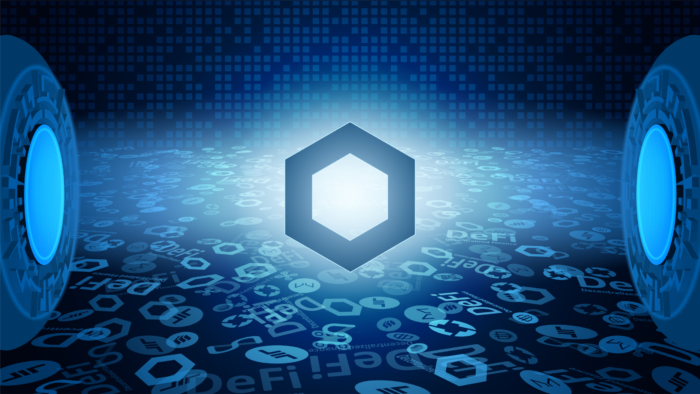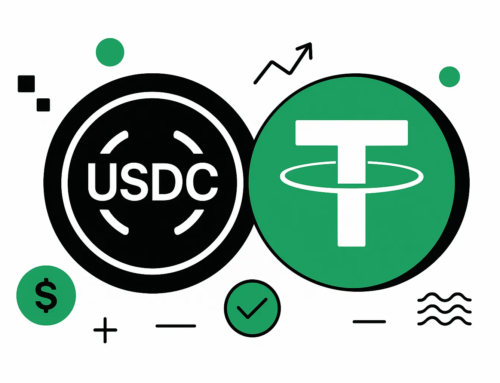There are many revolutionizing blockchain projects which envision changing the dynamics of the digital ecosystem. The best part about these blockchain projects is that their objective is to address a real-life use case and improve its workability or usability. Chainlink in one of them. Introduced in 2017, it was developed as a decentralized expert network bridging all limitations between the users and payment services such as PayPal and Visa. Not only does it provide improved workability for such online payments, but it has also aimed its growth in improving the payment systems within Ethereum, Bitcoin, and other blockchain projects.
Chainlink’s concept is based on an Oracle, a bridge from the existing platforms and networks used in the real world for passing real-world data through those networks. As a decentralized “Oracle” network, Chainlink serves as a middleware between smart contracts to help them access off-chain data feeds with ease.
Chainlink protocol has aimed its production to solve the oracle problem, which is believed to be a problem within the blockchain networks. Since blockchain operates all its transactions on the ‘chain,’ there was no particular connection with external data resources that existed out of the chain. Chainlink’s expert network was an answer to this, it took off-chain data and transferred it to the chain through smart contracts. This process was performed by the nodes, part of the Chainlink network. However, the question came onto how did it exactly worked?
How does it work?
A user or an organization operating along the network submitted a request, proposal, or bid to the Chainlink network through a smart contract to transfer off-chain data to the blockchain. The node, present within the Chainlink network, will carry out the transfer. However, the data that has been requested is only visible to the owner. Unlike how blockchain ideally worked as a public ledger, the requested data is protected from other users and cannot be used by any other user or node within the network.
The idea of connecting smart contracts with the real world has been brought up by Chainlink while ensuring the sustainability of a decentralized network to its root. However, overextending the idea, the discussions come over the ERC-20 token holding up the Chainlink platform. LINK, Chainlink’s official proprietary Ethereum token, holds everything together and brings up new possibilities for the real world.
Chainlink evolution
Chainlink has realized the ability of blockchain and the need for interoperability within this revolutionizing system. Rather than letting it become a menace, Chainlink has taken a step to make blockchain a success of the future. The project has successfully diverged its creation and sustenance into developing independent oracle node operators. A lot is planned within the Chainlink project, which will surely be seen across Chainlink 2.0.
The partnerships covered by Chainlink are good in number, which shows the promising future this project has. With over 900 partners, Chainlink is growing into a very robust project. Following this, Chainlink is keeping a good connection within the blockchain community. Recently, Cardano (ADA) and Polkadot (DOT) announced their connection with Chainlink (LINK) for the development of the DeFi ecosystem. Along with these projects, Chainlink has collaborated with Google Cloud and Oracle Network as its major partners in the decentralized oracle system.








